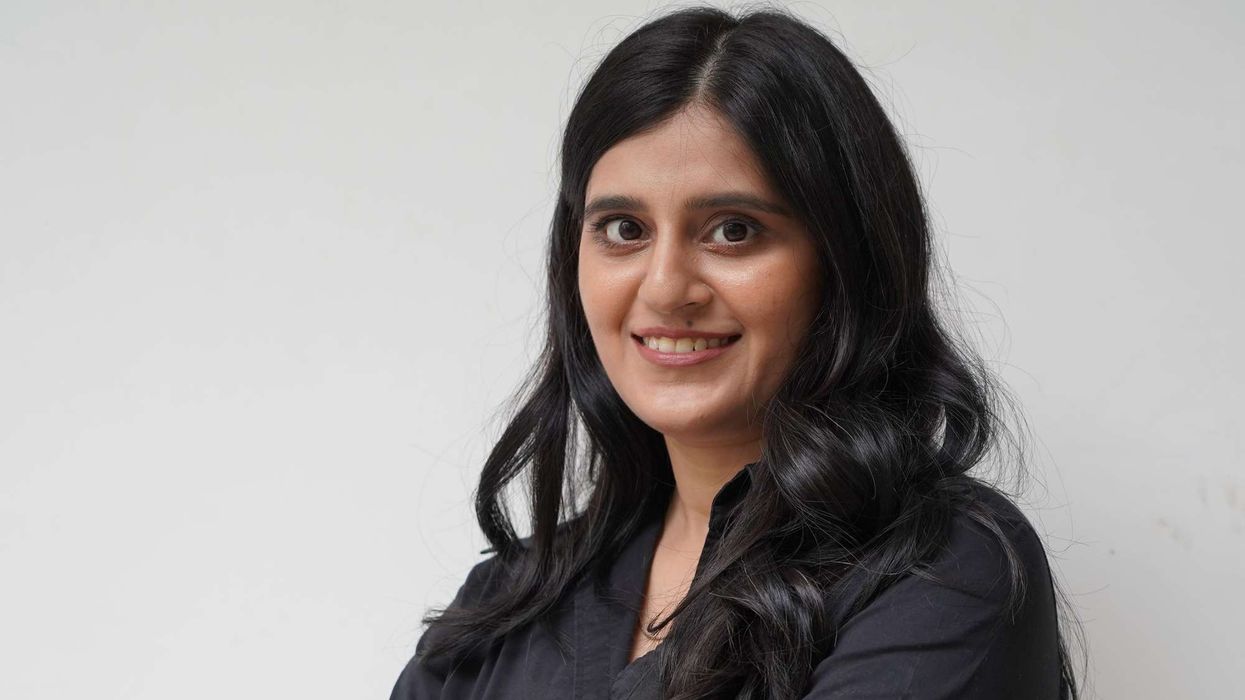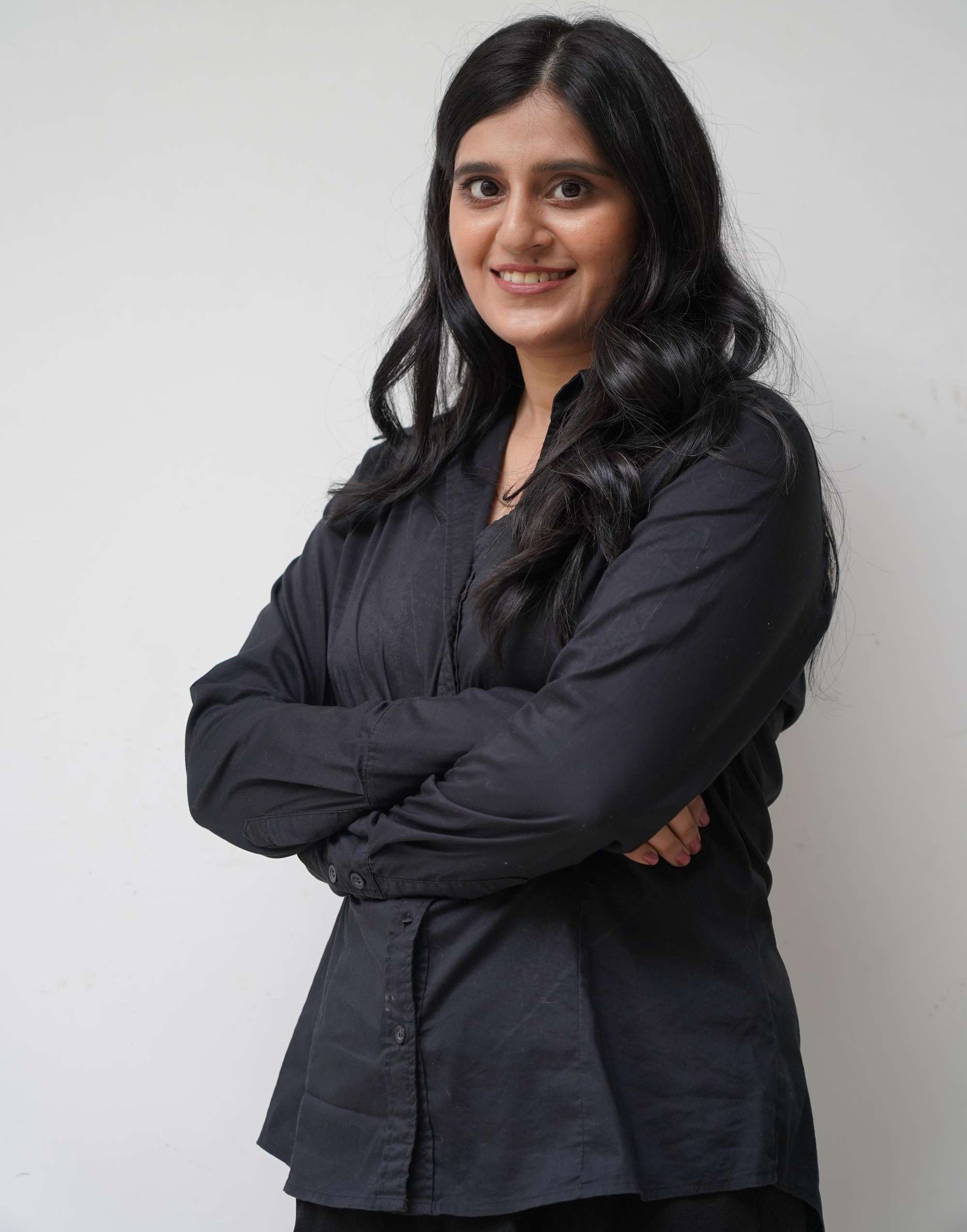by Nadeem Badshah
MORE Britons are sipping non-alcoholic cocktails at Christmas parties and restaurants, as eateries unveil mocktails made from ingredients such as espresso, tea and rose syrup, experts said.
The shift in drinking habits has sparked a trend of eateries putting more creative mocktails and halal wines on their menu, with diners wanting more than merely a Coke, orange juice or Virgin Colada.
Indian restaurants are offering a new selection of mocktails with spices, herbs and syrups to complement spicy cuisine.
Here are a few must-try mocktails.
Chakra
Kensington, London
The pick of the drinks is the Chakra Fizz mix of ginger ale, lychee and strawberries which has a cooling effect after enjoying spicy chicken biryani and rogan josh lamb with rice.
For a pick up, the espresso mocktail is a good aperitif, while those who prefer a sweeter flavour could try the Valhorna chocolate mousse, the Pineapple punch or a fruit-juice like the sunset of orange, grenadine and passionfruit.
Namaaste Kitchen
Camden Town, London
The restaurant's new a la carte menu has some spicy offerings, including the Parsi lamb with green chillies and spices with mushroom rice.
The pick of the drinks is their take on a bloody Mary - called a Mumbai Mary - with tomato, coriander, lime, green chili, vinegar prepared by staff in shakers like Tom Cruise in 1988 film Cocktail.
A creamier food option is the Seafood Moilee of scallops, seabass, king prawns. The white chocolate and passionfruit cheesecake goes well with the ice-cold date and honey lassi.
New Road Hotel
Whitechapel, London
007 would be a fan of the range of mocktails which have a licence to thrill. The Not So Cosmo has a subtle zesty taste, while, in contrast, the Pineapple Cobbler has a strong fruity kick to complement a meaty meal like the steak baguette or New York-style waffle with glazed turkey bacon and blueberries.
For those who like a mocktail with a breakfast of beef sausages, turkey bacon, toast and crumpets, there is the traditional duo of Virgin Colada and the Virgin Mojito mix of lemon and mint.
Cafe Spice Namaste
Whitechapel, London
An ice cool mocktail is a must to cool down after a spicy kick of the peri peri squid with Goan masala and the prawn, chicken and lamb thali.
Try the rose sherbet with ginger and soda; for a more fruity concoction to go with the dessert of dark chocolate and orange gateaux with ice-cream, the mix of pineapple, mango, orange and papaya fits the bill.





 Neha Nagar Neha Nagar
Neha Nagar Neha Nagar  Neha Nagar
Neha Nagar Neha Nagar
Neha Nagar






